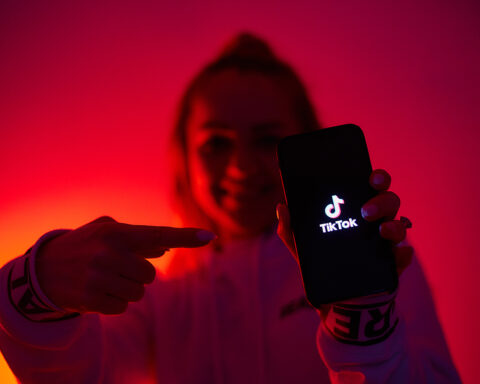In the realm of internet connectivity, one of the biggest challenges has been the “last-mile” problem. This issue arises when it’s difficult to connect users to the broader internet network due to the expense and complexity of building the final stretch of infrastructure, ranging from a few hundred feet to several miles. This problem is especially significant in rural and remote regions, where constructing traditional infrastructure may not be economically viable.
A promising solution to this challenge is emerging in the form of free-space optics (FSO) technology. FSO uses lasers to transmit data through the air, providing a potential way to bypass physical cables altogether. First explored by NASA in the 1960s, this technology has shown great potential to transform internet infrastructure. However, its adoption has been slow due to one major challenge: weather sensitivity. Fog, rain, and air turbulence can interfere with laser signals, and the system requires an unobstructed line of sight between the transmitter and receiver. Despite these issues, FSO has a significant advantage over radio signals like 5G—it doesn’t need regulatory licenses, simplifying its deployment process.
After over 20 years of research and development, Attochron, a company based in Virginia, claims to have made significant strides in FSO technology. Their new product, the ALTIS-7, includes both a transmitter and a receiver designed to overcome the weather-related obstacles that have held back previous laser-based data transmission attempts. Attochron’s innovation uses extremely brief light pulses and a broad spectrum to keep the signal steady, even in tough conditions like fog and rain. This breakthrough could give the technology the reliability needed for practical use.
Attochron recently raised $15 million in funding and has begun low-rate production of its ALTIS-7 system, with plans to increase production in the near future. The company is gearing up for a full commercial launch soon. To showcase the capabilities of its technology, Attochron partnered with Lumen, a telecom company, and a major retailer for a three-month trial. During this demonstration, the laser link covered a distance of 1.5 miles and reached speeds of 1.25 Gigabits per second. Attochron claims that the technology can achieve speeds just over 10 Gigabits per second, which rivals the speed of top-tier fiber-optic connections available to businesses today.
Attochron’s journey has not been easy. Founded in 2002, the company spent many years refining its approach to FSO technology, with support from angel investors, friends, and family. This slow and steady approach allowed the company to gain a deep understanding of the physics behind FSO and to build a dedicated team. In 2012, Attochron moved to Lexington, Virginia, an area known for its unpredictable weather, which served as an ideal testing ground for the technology’s performance under challenging conditions.
The potential uses for Attochron’s technology are wide-ranging. Using lasers to solve the last-mile problem could be a much more affordable option compared to laying fiber-optic cables, which can cost anywhere from $250,000 to $1 million for a single connection. In contrast, Attochron’s hardware package costs around $30,000 for a 10 Gigabit link, making it a viable choice for specific applications. Moreover, the hardware can be installed quickly—sometimes within just a few hours—whereas installing cables is often a lengthy process.
Attochron is primarily targeting businesses rather than individual consumers, as the cost of a 10 Gigabit link is still beyond the reach of most households. The company’s strategy involves selling its FSO links to broadband providers, who can then offer the service to business clients for a monthly fee. Additionally, the technology has potential applications in the military, where secure data transmission is crucial—laser communication between a transmitter and receiver is naturally secure. In regions with a crowded radio spectrum, such as near airports, Attochron’s solution could provide a reliable alternative to radio-based communications.
While FSO technology isn’t designed to replace fiber optics, Attochron envisions it as a complementary solution that can address connectivity gaps where physical cables are impractical. The company’s goal is to make high-speed internet deployment more flexible and faster, especially in places where conventional broadband solutions aren’t practical.
Though some technical hurdles remain, experts see Attochron’s advancements as a substantial improvement over previous FSO attempts. The potential to offer secure, fast, and affordable internet access to underserved areas makes this technology one to watch. As Attochron moves toward its commercial launch, the coming months will determine whether this long-awaited innovation can truly become a feasible answer to the last-mile problem, bringing reliable internet access to millions who need it.







